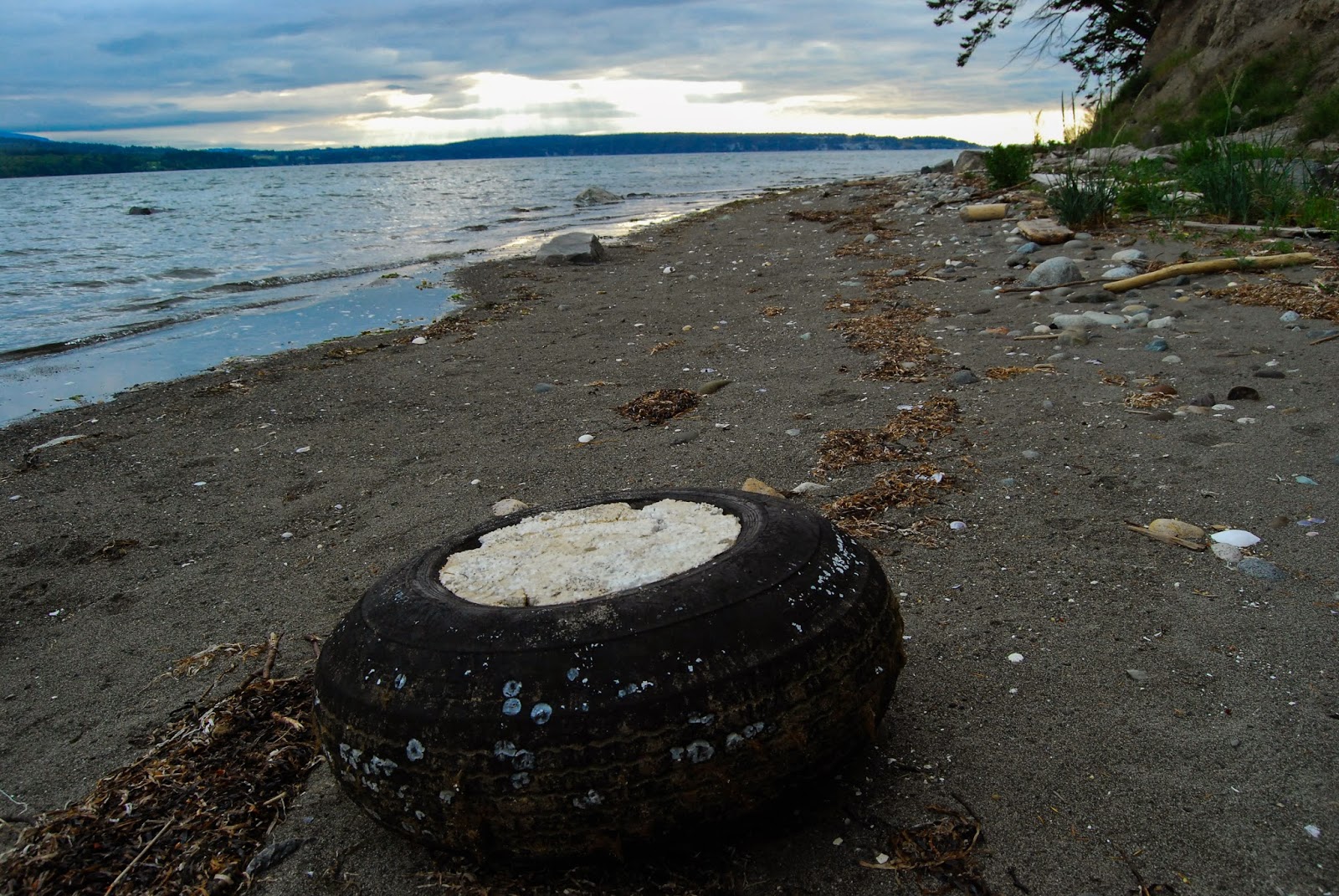9/29/2006
It's amazing to me how much money is just lying around in the street. Biking to work, I see coins lying in the street all the time. They sit there day after day and I'm the only one who seems to pick them up.
This morning, at the most prolific intersection on my route, I spotted three pennies and a dime. I then picked up a quarter at the second most lucrative spot, which is on M$ campus. The first spot is about a mile and a half from home, so I just went for a walk and picked up the three pennies and a dime, plus a fourth penny I didn't see in the same spot. While I was on my way, I spotted a quarter in the gutter, and there was a nickel on the sidewalk about 2 feet away. Finally, I spotted another penny in the street about halfway to home.
Don't know about you, but I still consider it worthwhile to pick up a penny.
The stuff that lies in the street gets all scuffed up - sometimes to the point where they are unrecognizable.
Here's today's haul. All but the scuffed quarter were picked up on my walk just now.It makes me wonder: in this affluent suburb, why don't we stop to pick up change? Is it that the perceived value is so low? Is it just unseen? Or are we sending the same message with coins as we are with garbage: that it's beneath us to bow to the ground and pick something up there, or that anything that has touched the ground is automatically contaminated?
One Coin A Day?
Would you stop to pick up a coin on the ground? Why or why not?


